Fire Damage Restoration Services
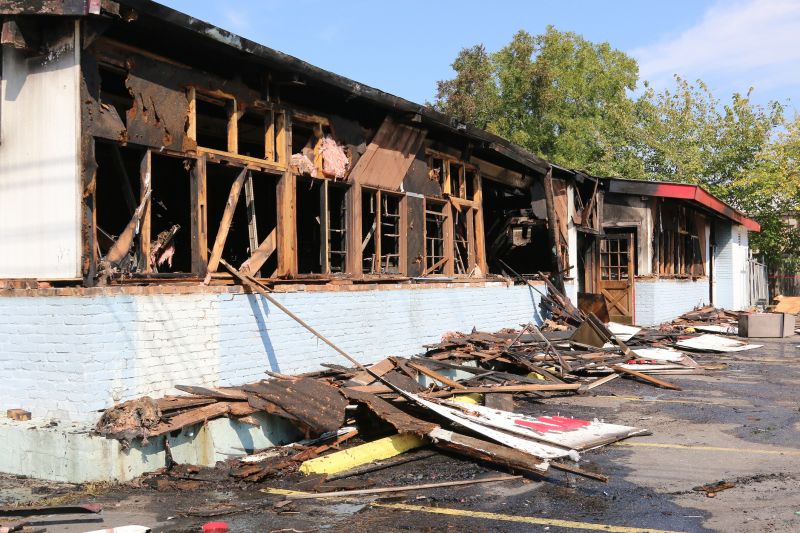
Assessing fire damage promptly is essential for effective restoration. Early detection helps prevent further deterioration.
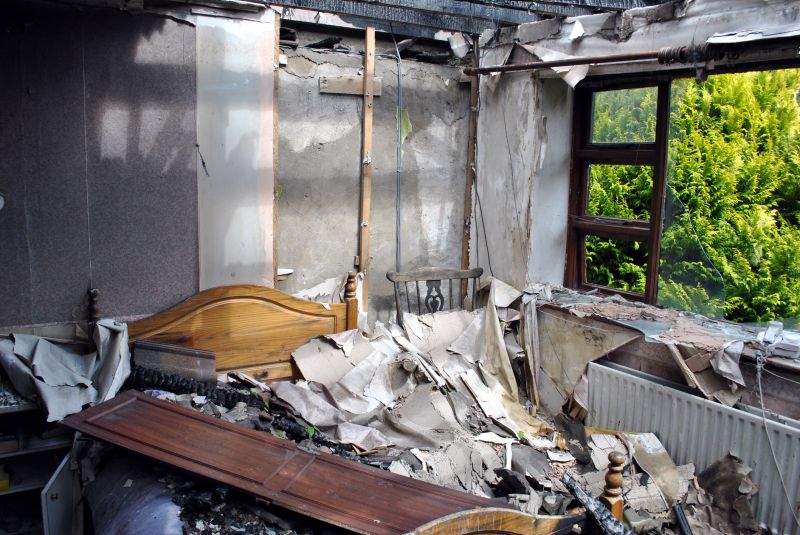
Restorations are often more efficient during milder weather, reducing delays caused by extreme temperatures or weather conditions.

Immediate cleanup after a fire minimizes smoke penetration and structural damage, making the restoration process smoother.
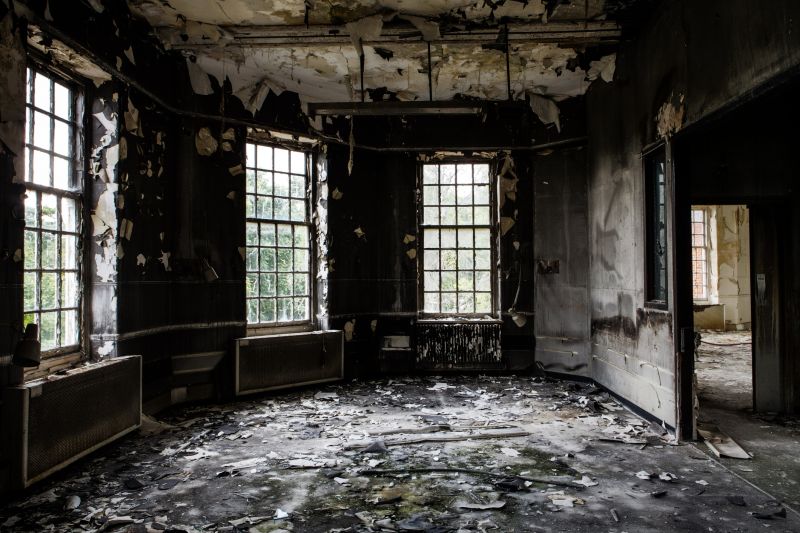
Ways to make Fire Restorations work in tight or awkward layouts.
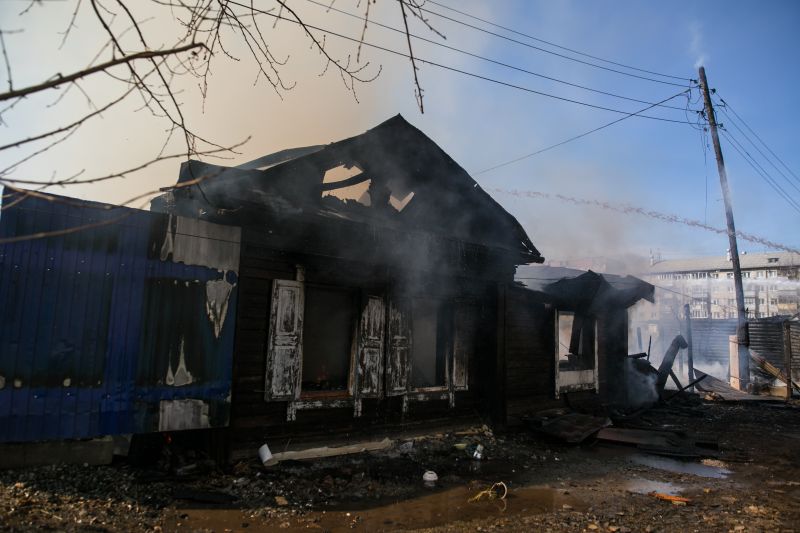
Popular materials for Fire Restorations and why they hold up over time.
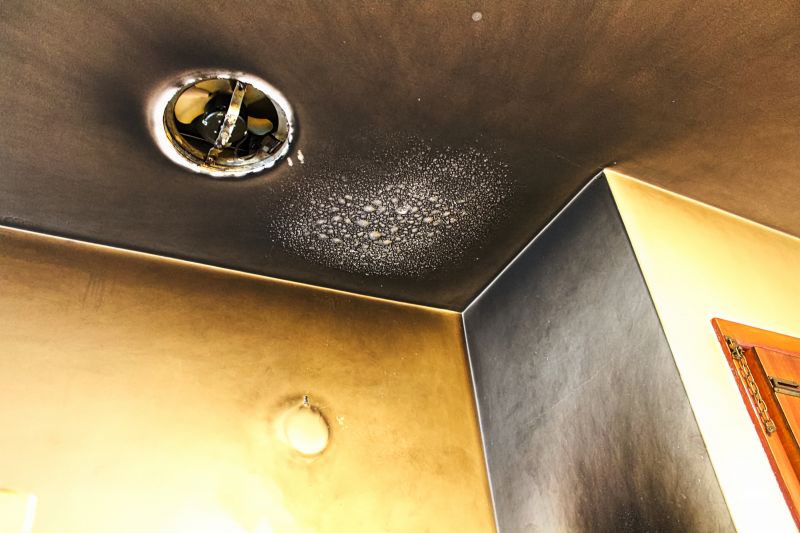
Simple add-ons that improve Fire Restorations without blowing the budget.
Fire restorations involve specialized procedures to repair and restore properties affected by fire, smoke, and water used during firefighting. Timely intervention can significantly reduce long-term damage, mold growth, and structural issues. According to industry statistics, addressing fire damage within the first 48 hours can improve restoration outcomes by up to 30%. Proper assessment and prompt action are critical to restoring safety and property value efficiently.
The best time for fire restorations often depends on the severity of the damage and weather conditions. Conducting restorations during dry, mild weather minimizes complications such as mold development and delays caused by rain or extreme cold. Planning restoration work promptly after a fire ensures that damages are contained and mitigated before secondary issues arise.
Quick response helps prevent smoke residue from settling and reduces structural deterioration.
Mild weather conditions facilitate faster and more effective restoration processes.
Restoring during spring or fall can offer optimal conditions for thorough repairs.
Early evaluation ensures appropriate and timely restoration planning.
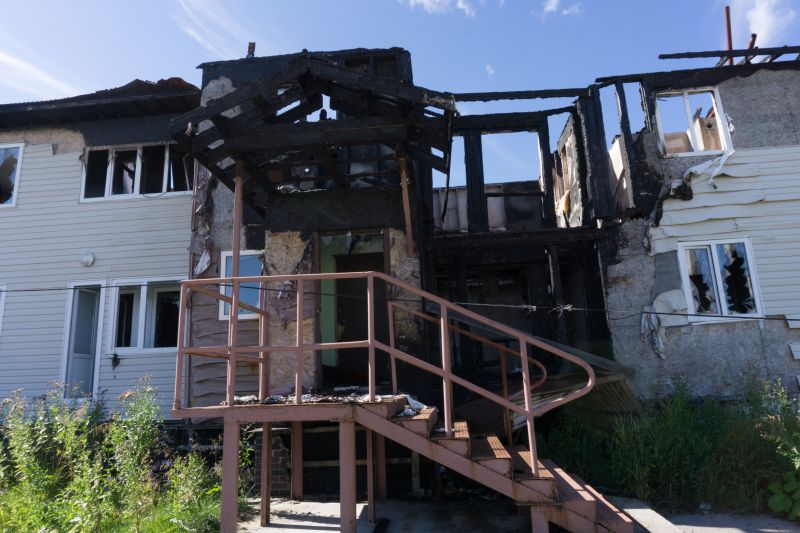
Thorough inspections identify all affected areas for targeted restoration.
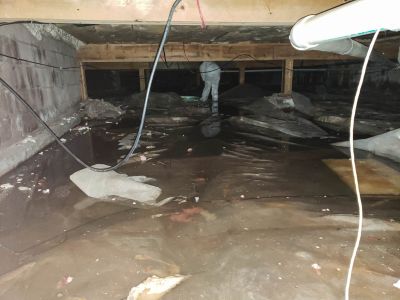
Addressing water damage promptly prevents mold growth and structural issues.
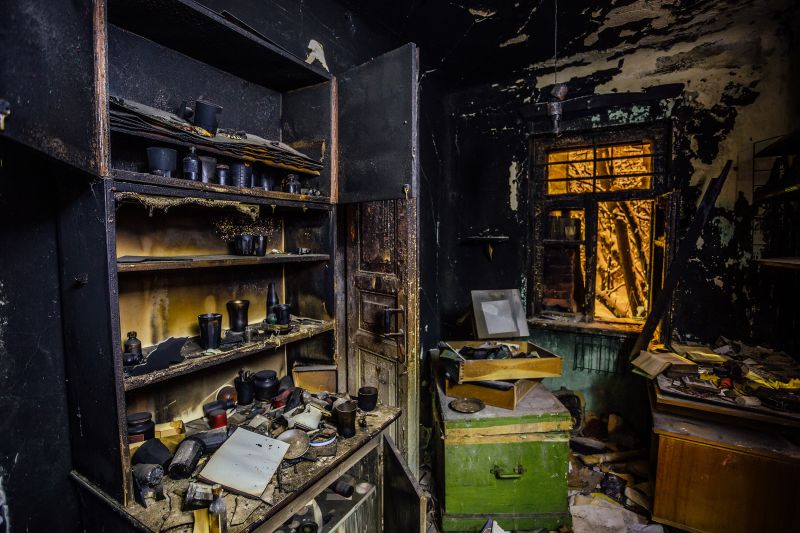
Effective cleaning reduces lingering odors and residue after a fire.
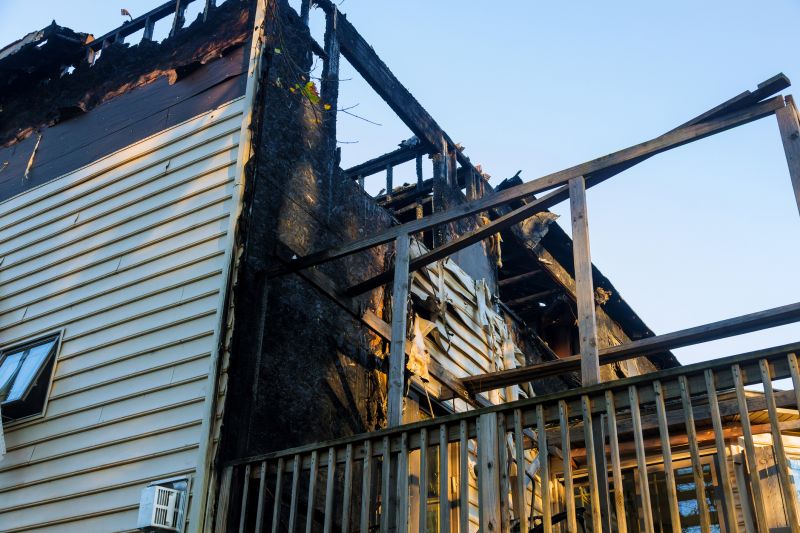
Restoring structural integrity is crucial for safety and property value.
| Factor | Impact on Restoration Timing |
|---|---|
| Weather Conditions | Mild weather accelerates restoration and reduces complications. |
| Damage Severity | Severe damage requires immediate attention to prevent secondary issues. |
| Property Access | Clear access speeds up restoration efforts. |
| Fire Extent | Widespread fires necessitate longer restoration periods. |
| Water Damage Level | Water damage from firefighting influences timing and methods. |
| Smoke Residue | Heavy smoke residue benefits from prompt cleaning. |
| Structural Stability | Unstable structures require urgent stabilization. |
| Availability of Restoration Services | Scheduling depends on service provider capacity. |
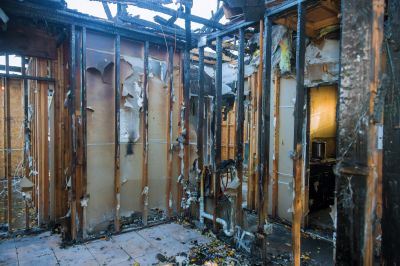
A comprehensive approach includes assessment, cleaning, repairs, and restoration.
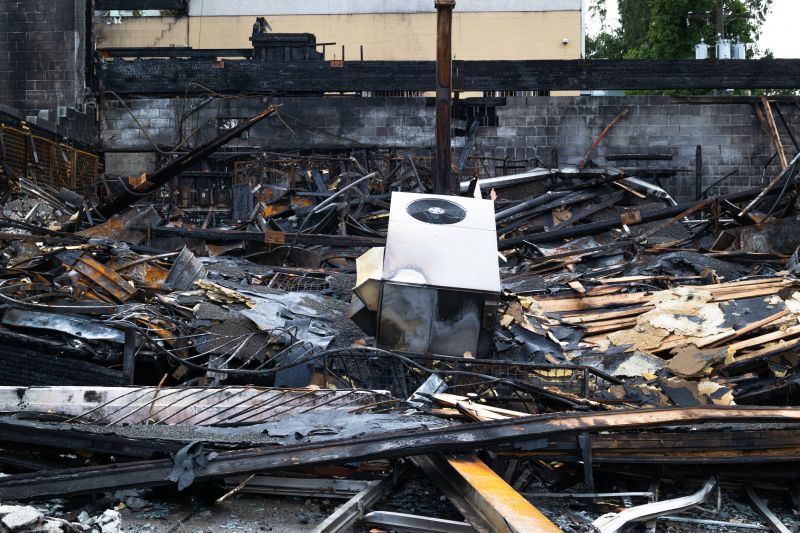
Detailed inspections guide effective restoration planning.
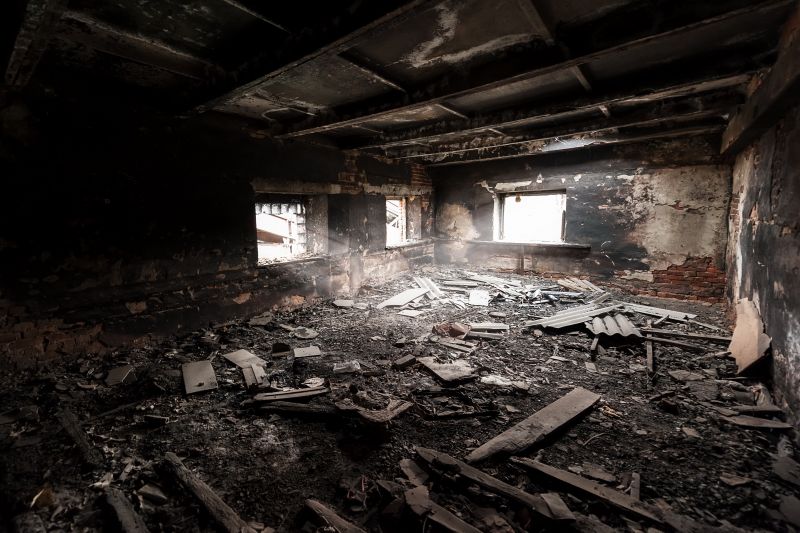
Specialized techniques remove smoke residues and odors.
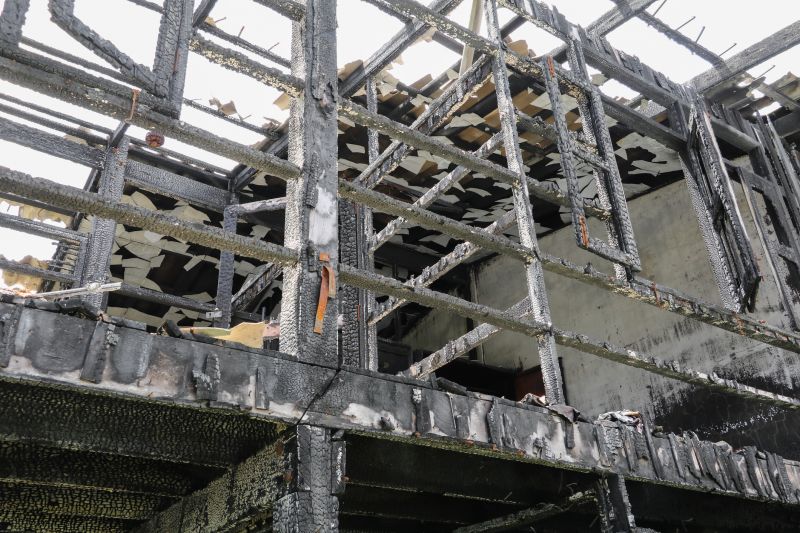
Ensuring stability before repairs prevents further damage.
Choosing the optimal time for fire restorations involves considering weather, damage extent, and available resources. Immediate action reduces secondary damage, such as mold growth and structural deterioration. Planning restorations during seasons with stable weather conditions ensures efficiency and safety, ultimately leading to better outcomes for property recovery.
Property owners are encouraged to evaluate damage promptly and coordinate with restoration professionals to determine the best timing. Proper scheduling can minimize costs and restore property value more effectively, ensuring safety and durability over the long term.

Restoration involves cleaning, structural repairs, and odor removal.

Effective cleaning methods eliminate smoke and soot from surfaces.

Addressing water damage prevents mold and further decay.
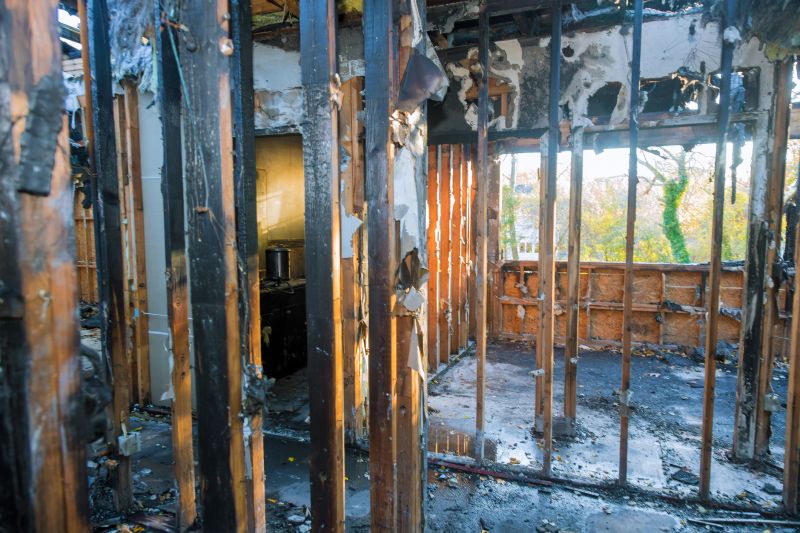
High-end options that actually feel worth it for Fire Restorations.
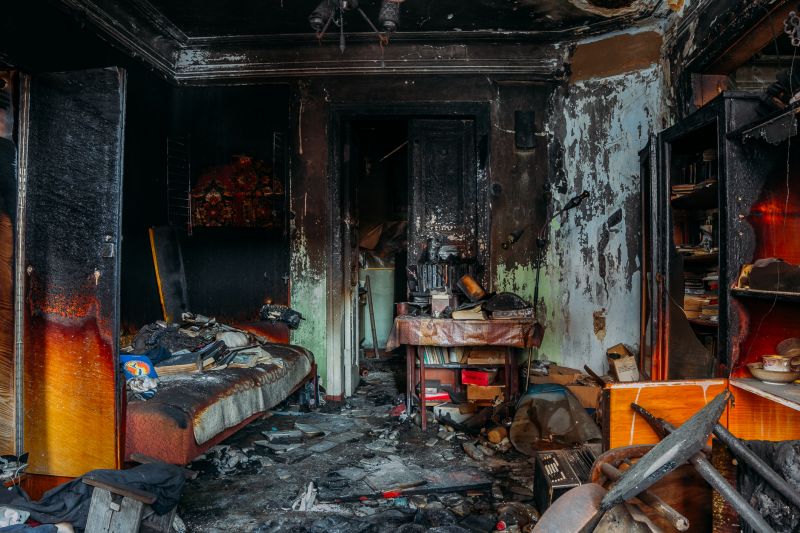
Finishes and colors that play nicely with Fire Restorations.
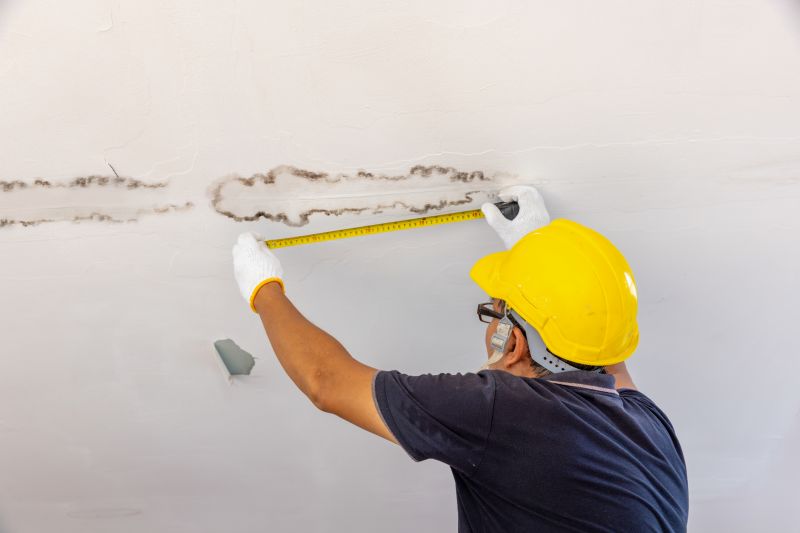
Little measurements that prevent headaches on Fire Restorations day.
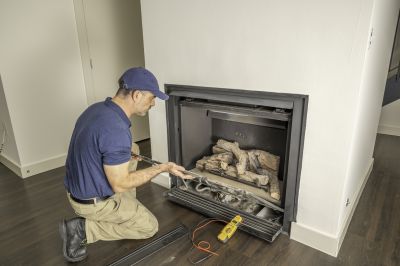
A 60-second routine that keeps Fire Restorations looking new.

A frequent mistake in Fire Restorations and how to dodge it.

Small tweaks to make Fire Restorations safer and easier to use.
Interested property owners should consider scheduling fire restorations as soon as possible after damage occurs. Early intervention helps contain damage, reduces repair costs, and ensures a safer, more habitable environment. Timely restorations also support the preservation of property value and structural integrity.
